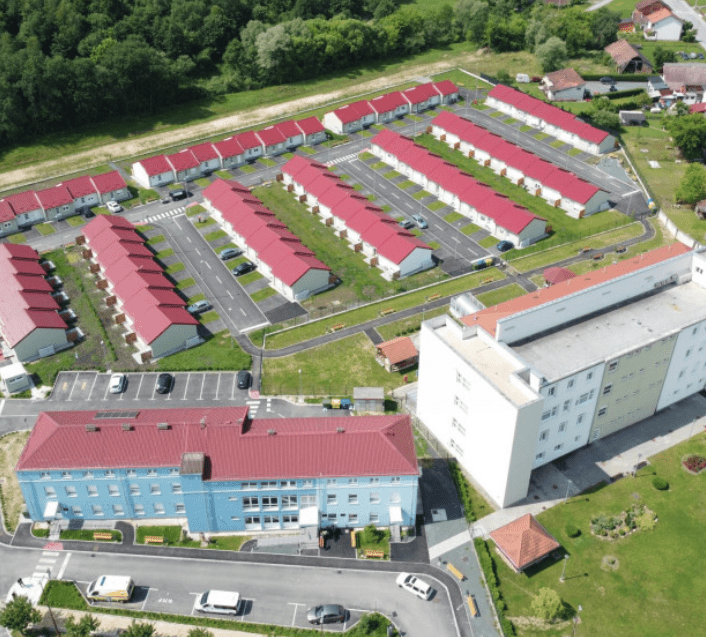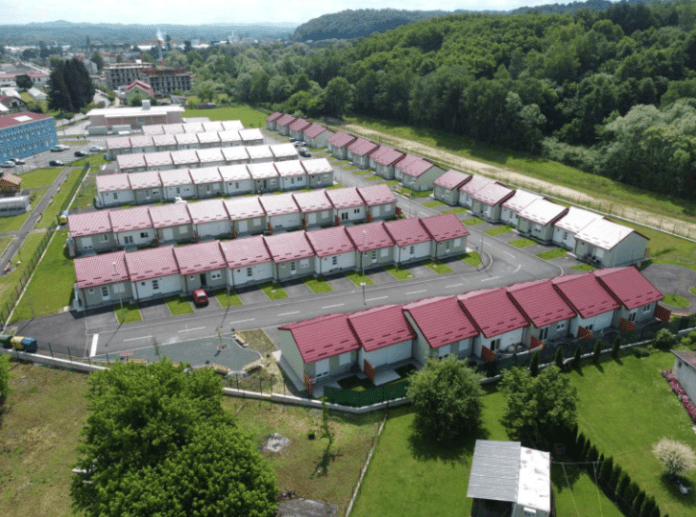by Marko Barišić, discussing the impacts of an earthquake
In the wake of the devastating 2020 earthquakes that struck Banovina and Zagreb, Croatia, a groundbreaking initiative is transforming temporary relief cabins into retirement villages. This innovative project, the first of its kind in Croatia, repurposes modular housing into sustainable communities for seniors, blending independence with care. Discover how Banovina’s recovery efforts are supported by EU funds and heartfelt contributions from Croatians in Australia. They are paving the way for a brighter future.
Rebuilding Banovina: From Earthquake Aftermath to Renewal
Over five years since the December 2020 earthquakes devastated Banovina—a region near Zagreb where seven lives were lost and vast material damage occurred—reconstruction efforts continue. Replacement homes are being built, historic buildings restored, and modern infrastructure erected. While many have already returned to revitalised homes, others are preparing to move out of temporary modular housing provided for earthquake survivors.
Now, a novel solution has emerged for these temporary settlements: converting them into retirement villages. This pioneering project, spearheaded by Sisak-Moslavina County, aims to address both housing shortages for seniors and the fate of relief cabins once their current residents leave.

A Sustainable Future: Modular Homes Repurposed for Seniors
The retirement villages, constructed from rows of prefabricated cabins, offer modern amenities, private parking, small gardens, and full infrastructure. Nestled near urban centres yet peacefully secluded, they provide an ideal environment for elderly residents. Ivan Celja, Prefect of Sisak-Moslavina County, explains, “We wanted to create a community where seniors can socialise easily while maintaining privacy. Gardening spaces also offer joy and purpose. Amidst these setups, the trauma from the earthquake can be gradually eased.”
Each cluster of five units includes a dedicated assistant available 24/7 to address residents’ needs. This hybrid model combines independence with the support of traditional care homes. Damir Borić, Director of the Petrinja Elderly Home, highlights this balance: “Residents retain autonomy but receive the care they’d find in institutional settings.”

Expanding Access: State-Owned Retirement Communities
Owned by the state, these villages will accept applications from seniors across Croatia, not just Banovina. The Petrinja settlement, featuring 41 cabins, is set for conversion within a year. Similar projects in Sisak and Glina are under consideration. They offer a blueprint to avoid the post-war neglect seen in many refugee settlements.
Meanwhile, Construction Minister Branko Bačić confirms broader reconstruction timelines. Replacement homes will be completed by mid-2027. Buildings and churches will be restored by 2030. To date, over €3.5 billion—primarily from EU funds—has been spent rebuilding Banovina and Zagreb after the March and December 2020 earthquakes.

Global Solidarity: Aid from the Croatian Diaspora
Notably, Croatians in Australia have contributed heartfelt financial support to Banovina’s recovery. Their generosity underscores the global Croatian community’s role in national healing. As reconstruction progresses, this project stands as a testament to resilience, innovation, and collective compassion following the earthquake devastation.

